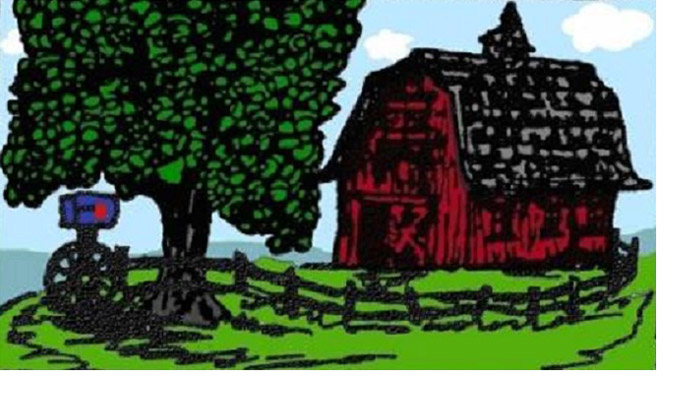The humidity level in your house can be an issue in both the winter and the summer.
Winter humidity levels
In the winter, moisture generated by our activities can lead to too high humidity levels in the house. High humidity levels within the house can cause moisture to condense on windows, water staining to show on walls, and rust and rotting within your house. High moisture levels also promote mold growth.
In the winter, we can also have too little moisture in the house. Because the cold outside winter air is so dry, it affects the indoor relative humidity when it enters our homes.
During the heating season, when the outside air temperature is below 15º, the relative humidity should not exceed 30% and in very cold weather, the humidity will need to fall below 30% to prevent condensation or frost on windows.
The University of Minnesota has developed guidelines for the minimum recommended humidity levels for houses. Based on a 70ºF interior room temperature, engineering studies established the following guidelines:
Outside Temperature Inside Humidity
20º to 40ºF Not over 40%
10º to 20ºF Not over 35%
0º to 10ºF Not over 30%
-10º to 0ºF Not over 25%
-20º to –10ºF Not over 20%
-20ºF or below Not over 15%
These guidelines do not guarantee that condensation will not appear on mirrors or windows. Factors such as closed blinds or drapes may require you to decrease the relative humidity in your house below these guidelines.
A good rule of thumb for controlling relative humidity in the winter: if frost or condensation forms on your windows, the humidity is too high and you should turn down the humidistat. If your hardwood floors start to separate, the humidity is too dry and you should turn up your humidistat. You may need to regularly adjust the humidistat setting and the HRV setting to properly control the humidity in your house.
Typically you should not need to use a humidifier in the winter because of the amount of moisture that is generated during your daily activities. However, if you find that the humidity is too low, you may need to resort to using your humidifier.
Summer humidity levels
During the summer months when the outside air is humid, humidity levels in the house can rise to high levels. This becomes a problem when you are cooling your house. In the same way a cold can of soda “sweats” when you take it out of the refrigerator on a hot summer day, air conditioning can cause your house to cool down to a level where moisture condenses within the house components.
In the summer the relative humidity should not exceed 55% in the main level of the house with proper dehumidification and air conditioning. You should not operate the humidifier during the summer months. If your hardwood floors show cupping or buckling, the humidity may be too high. This might also be due to a water leak in your house. You should close windows to keep warm humid outside air from entering the house. Using a dehumidifier or the air conditioner to help dry out the house may be necessary.
Source: Home Energy Resource MN (http://www.homeenergyresourcemn.org/index.aspx)
